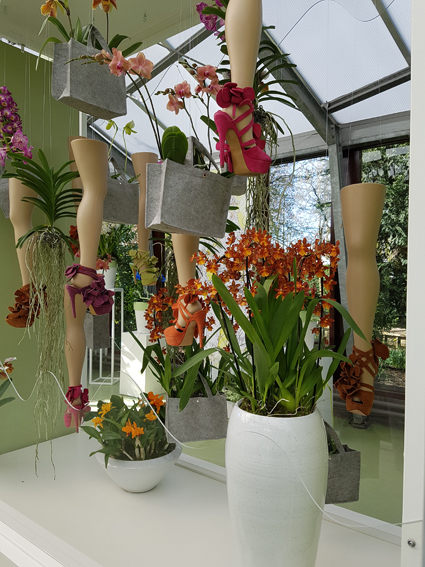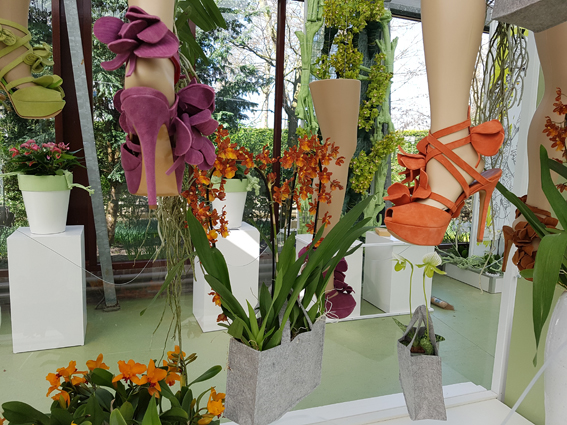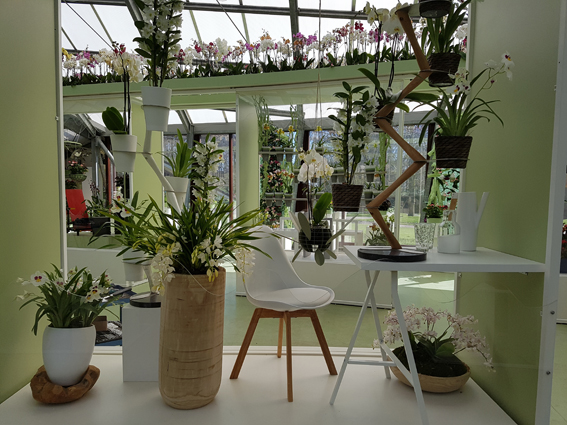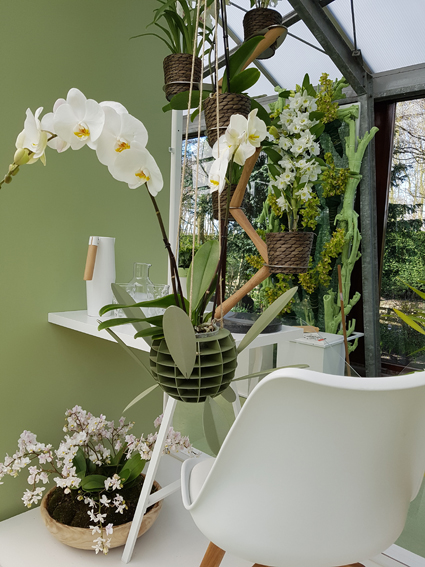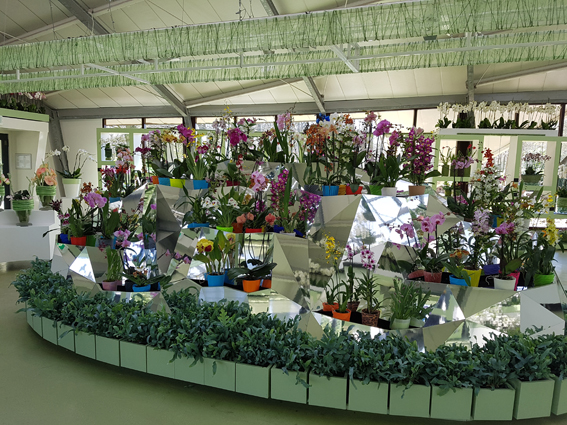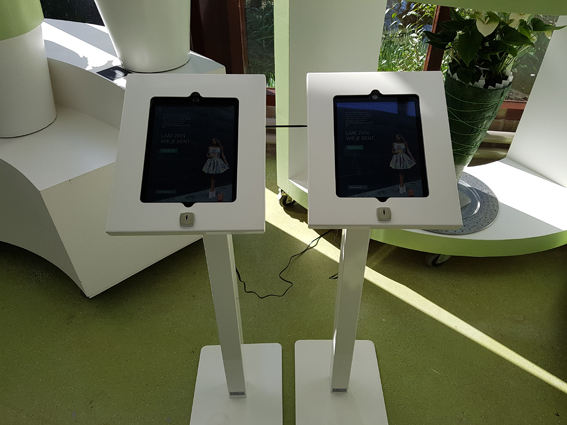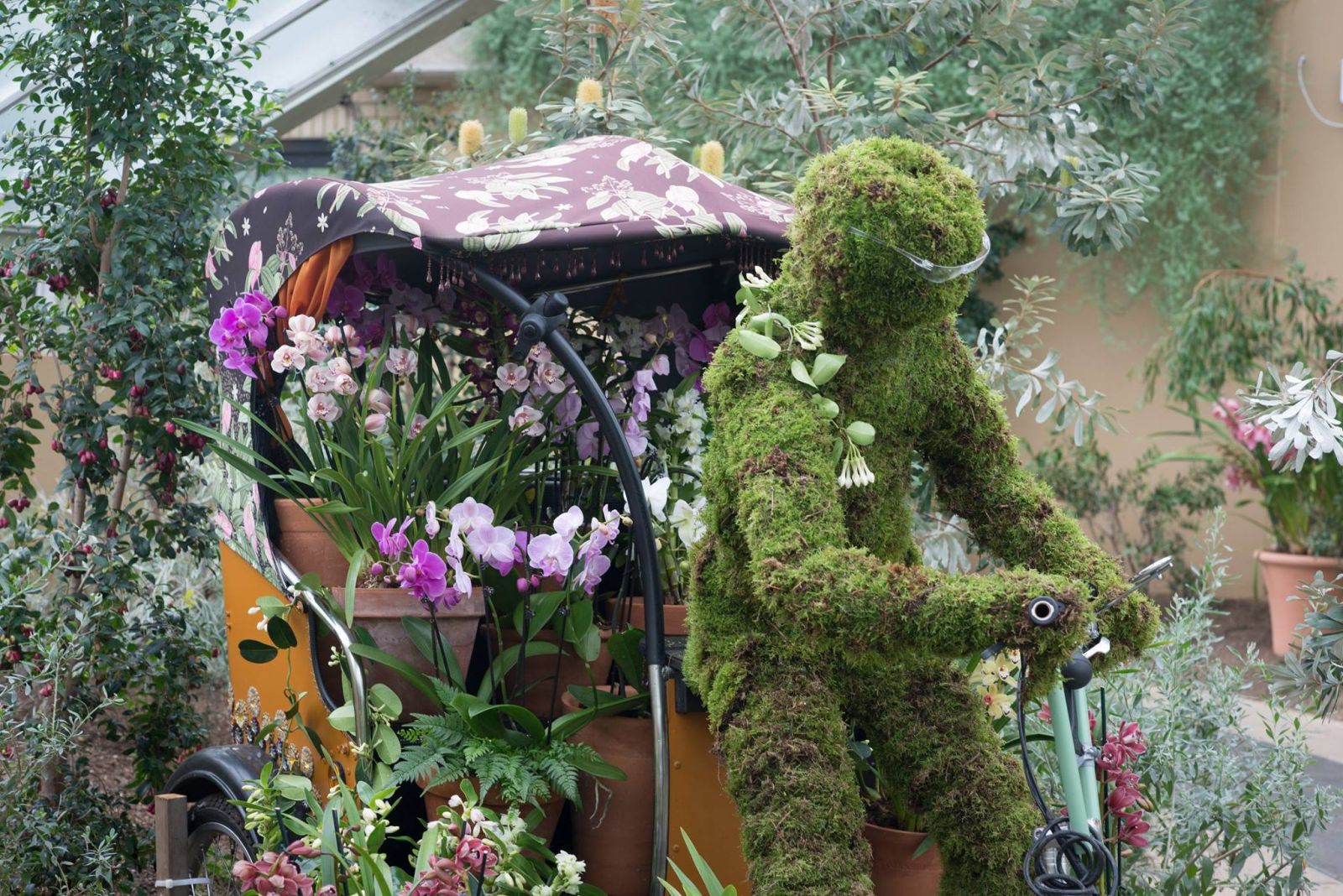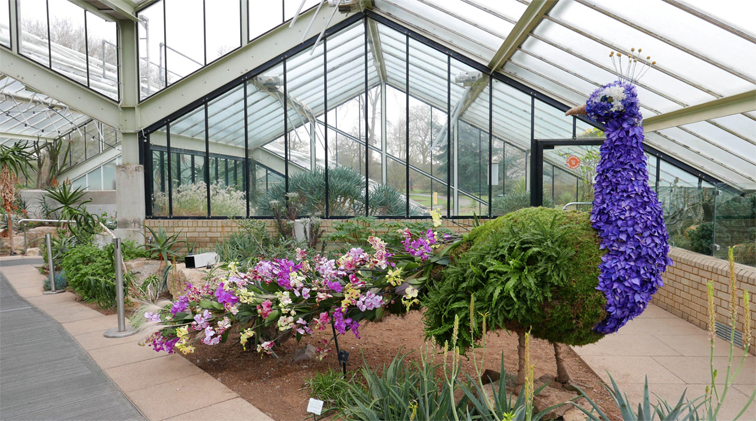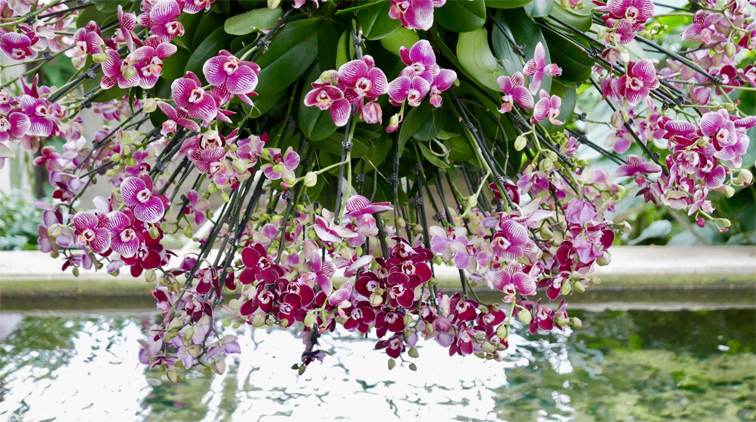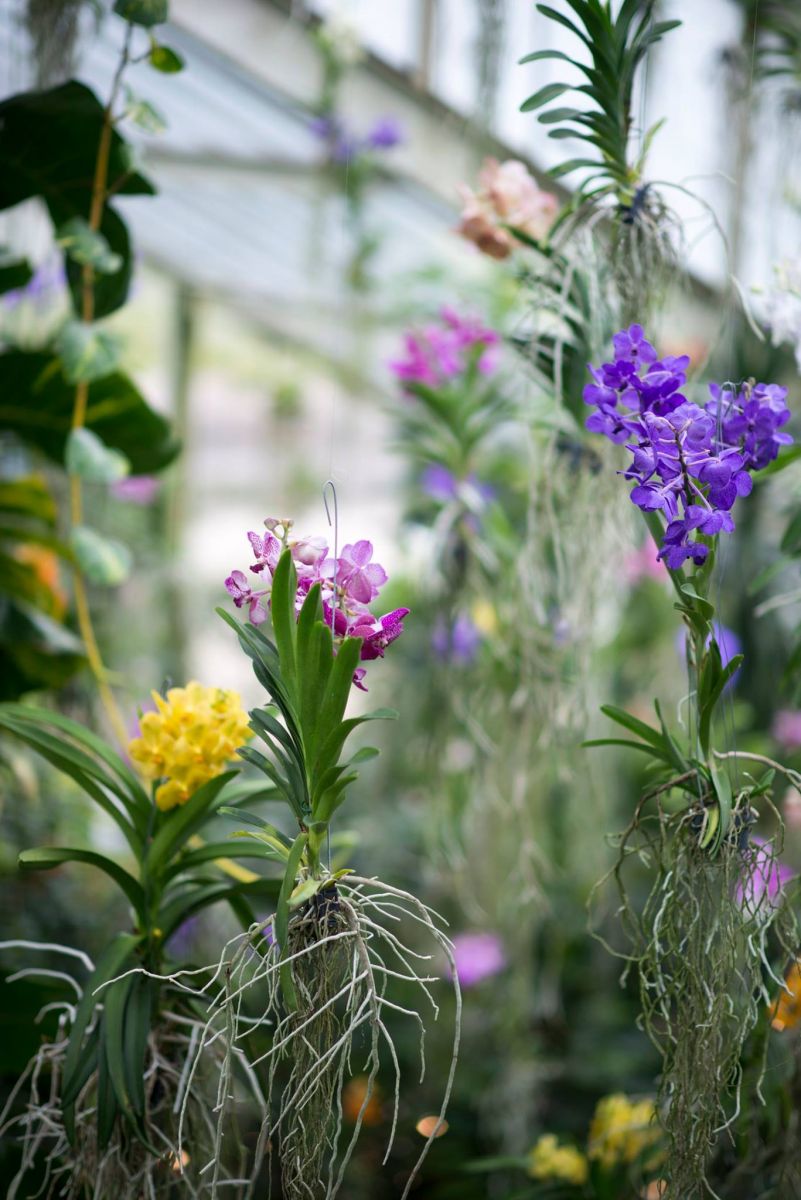Visit the orchid show during Keukenhof 2023 in The Netherlands
Keukenhof is the perfect place to celebrate spring in the Netherlands. The flower park in Lisse will be open for the 74th time from March 23, 2023. It’s one of the most beautiful attractions in The Netherlands and is visited by people from all over the world.
Also read: How to style the Colour of the Year 2023: Viva Magenta
Keukenhof 2023
Keukenhof will be open from Thursday 23 March to Sunday 14 May 2023. The 15 km hiking trails are laid out in such a way that you have a spectacular view of the fragrant flower gardens and flower greenhouses. During your walk, you will see unique, weekly changing flower shows, beautiful ponds and various pavilions with restaurants and terraces. In addition to the flower gardens, Keukenhof is also home to the largest sculpture park in the Netherlands. You can admire many images here, made by national and international artists.
Keukenhof displays flowers and blooming plants not only outdoors, but also indoors. In the Beatrix Pavilion, you can enjoy orchids in a wonderful colourful ambiance!
- Photo: Keukenhof | Treffend Beeld
- Photo: Keukenhof | Treffend Beeld
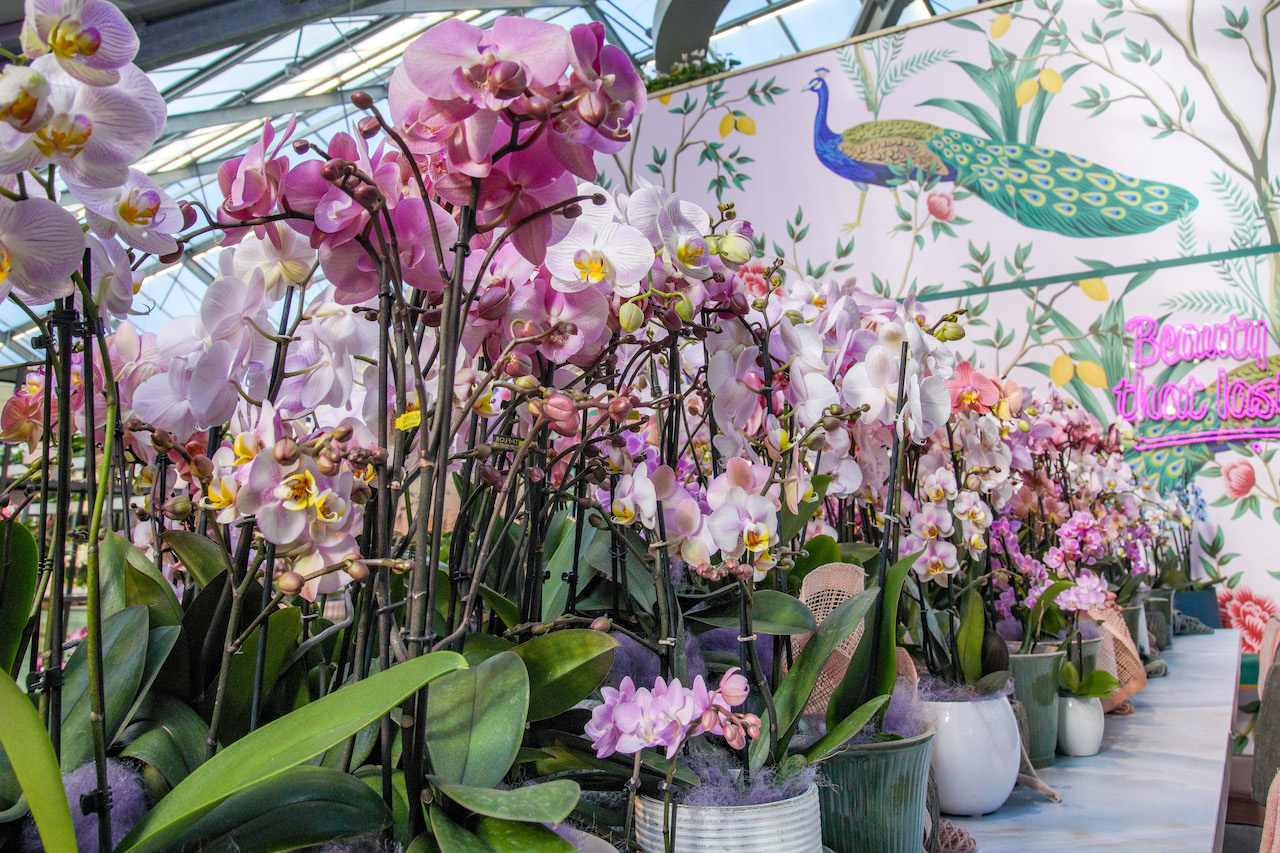
Photo: Keukenhof | Treffend Beeld
Theme 2023
Each year, Keukenhof has a special theme to which the designs of the gardens and the flower shows in the pavilions are inspired. Last year it was ‘Flower Classics’: a classic and timeless theme, and also a reference to art. In 2023, Keukenhof has no overarching theme. The flower shows will each have their own theme, making a visit to Keukenhof even more varied. In addition, flowers, colours and scents connect in any way; this is a theme in itself!
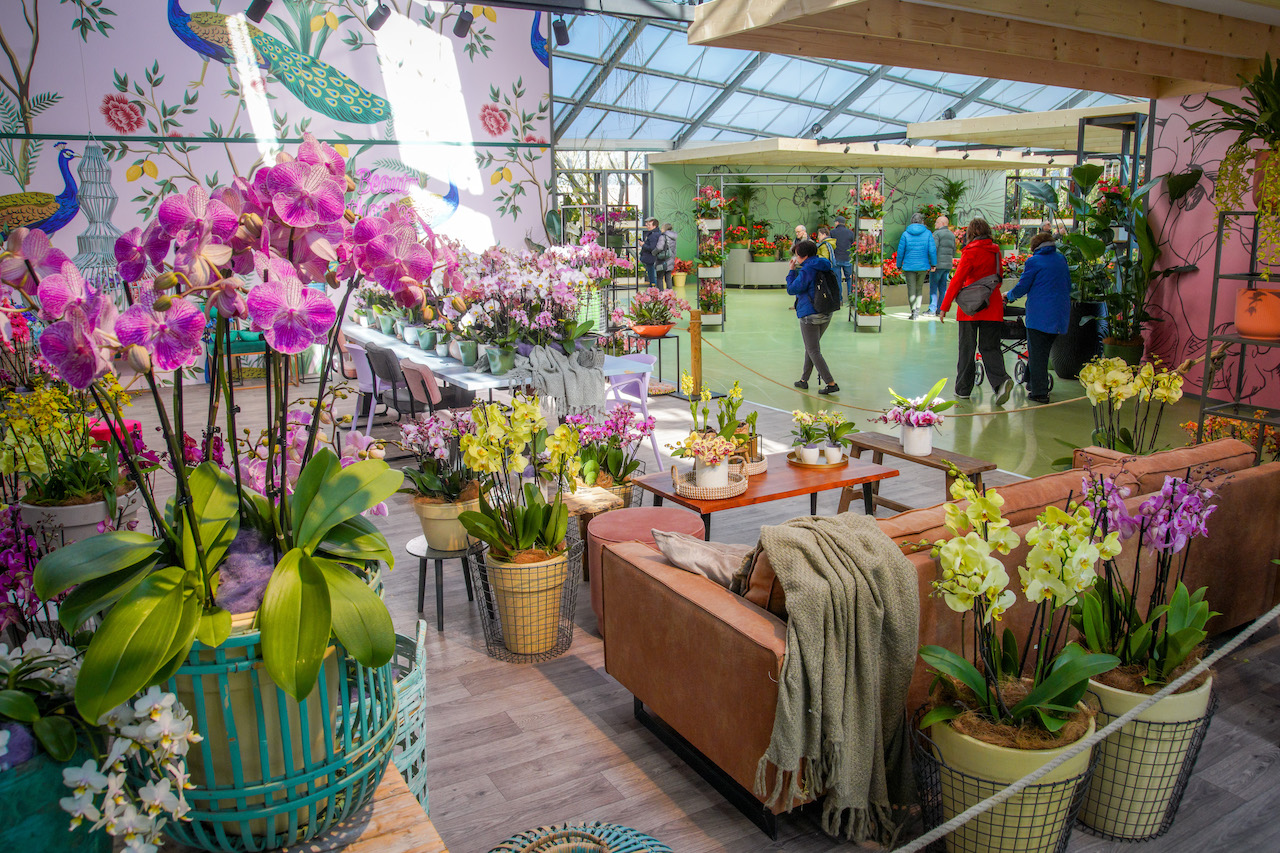
Photo: Keukenhof | Treffend Beeld
- Photo: Keukenhof | Treffend Beeld
- Photo: Keukenhof | Treffend Beeld
Practical information
Keukenhof is open from Thursday 23 March to Sunday 14 May 2023, from 8:00 am – 7:30 pm. More information and tickets can be found on their website.
Address:
Stationsweg 166A
2161 AM Lisse

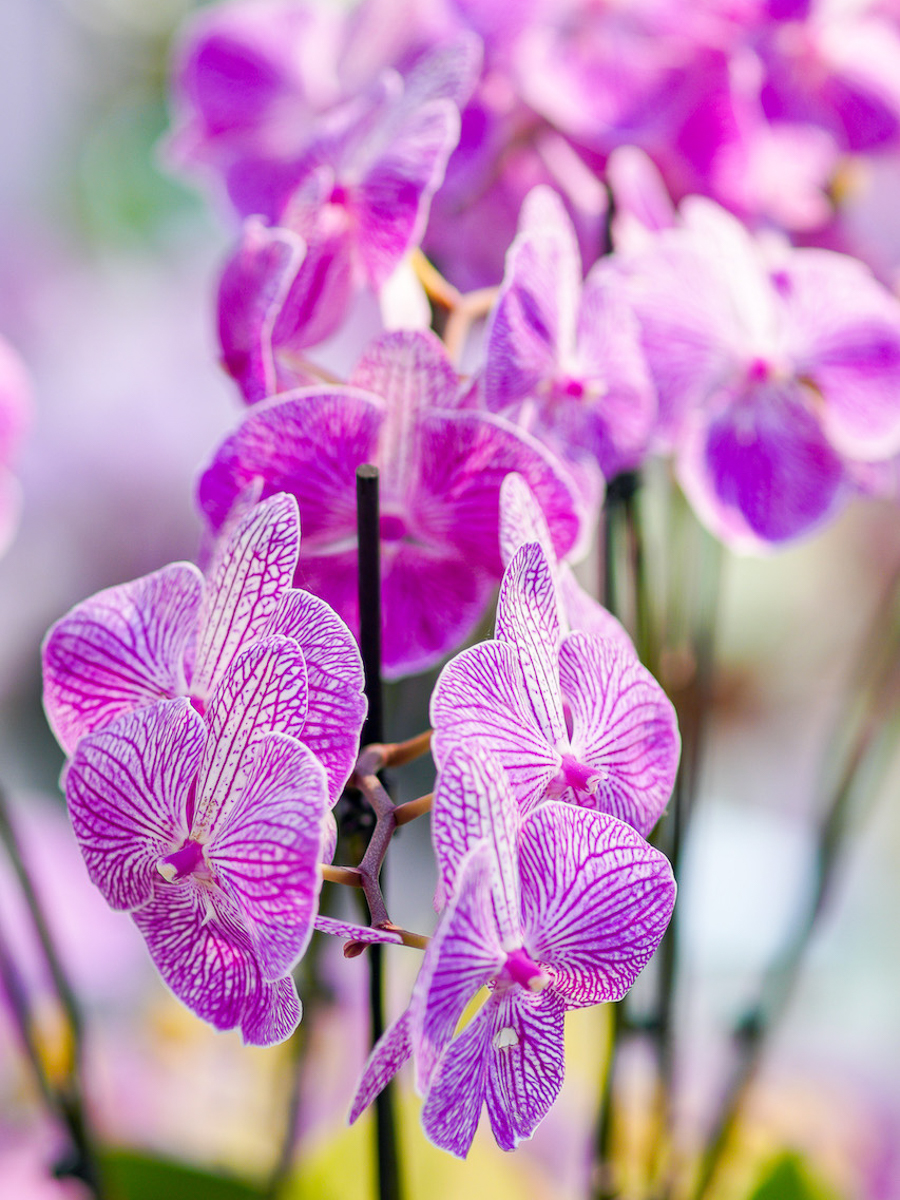
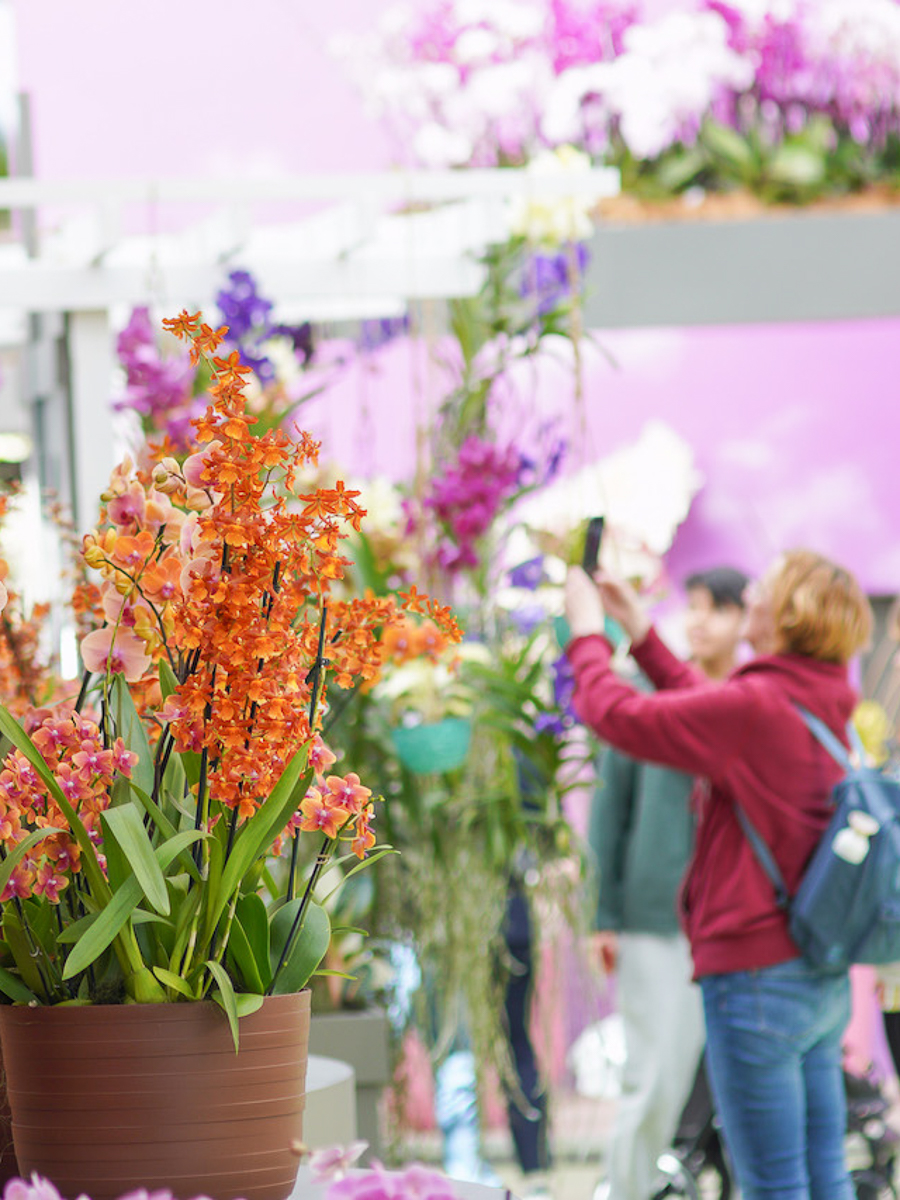
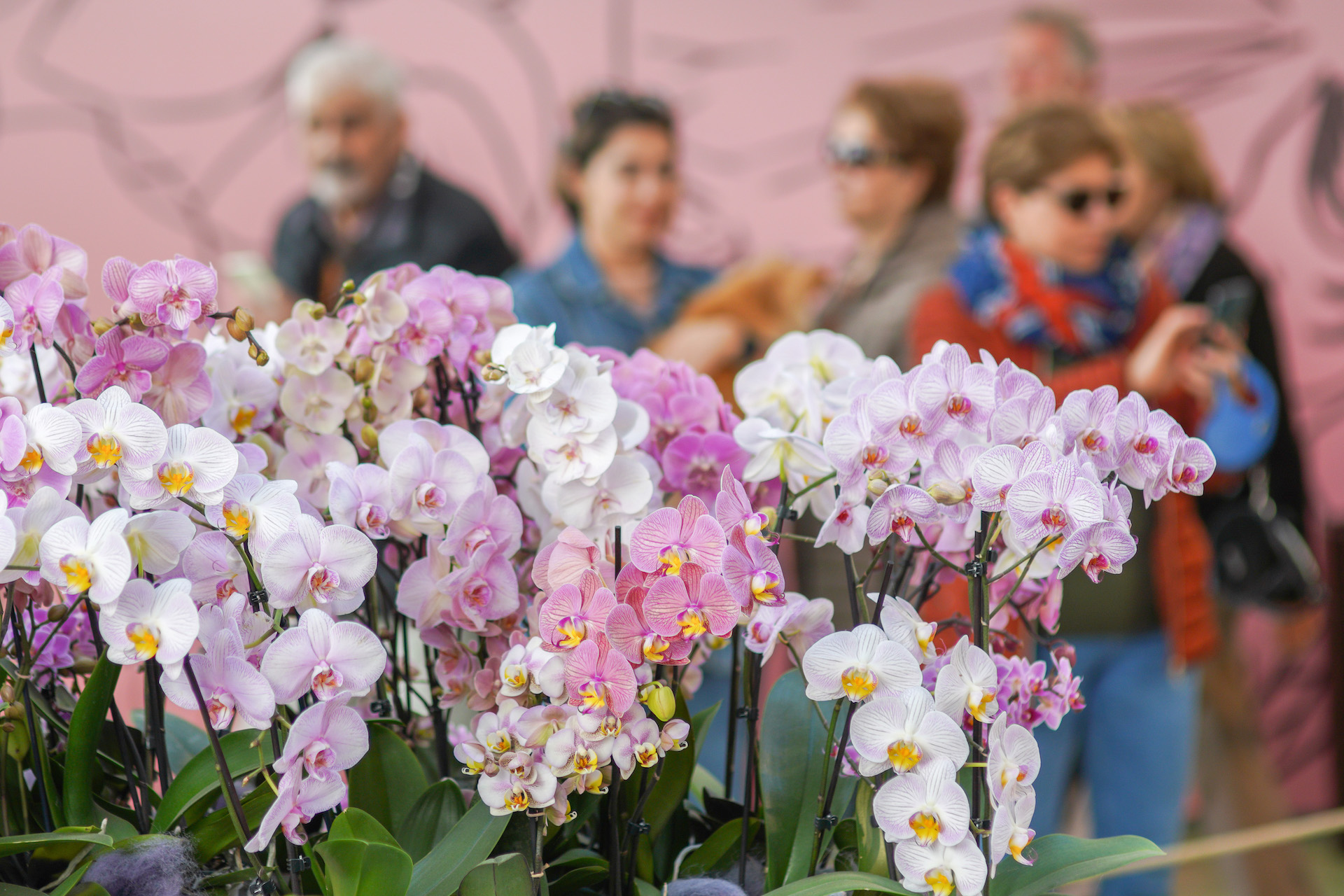
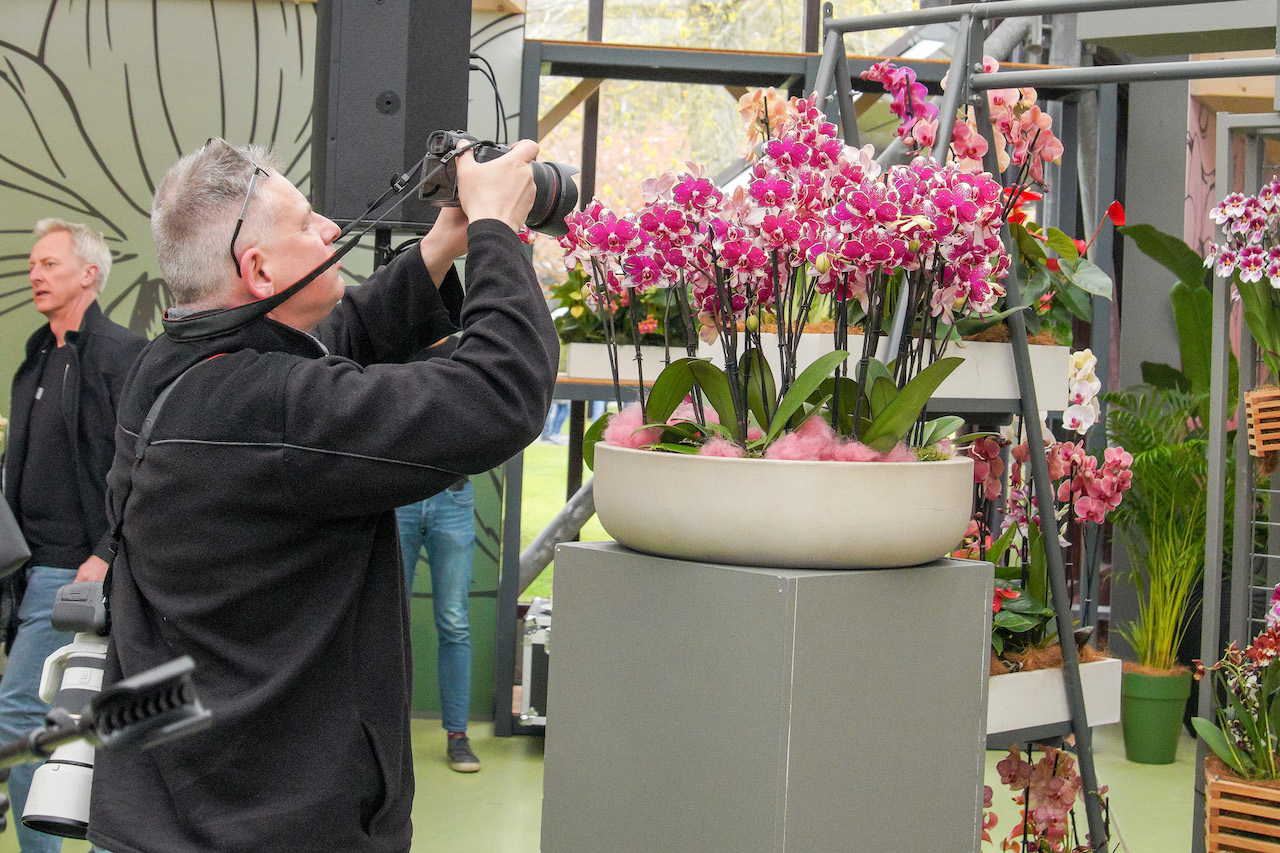
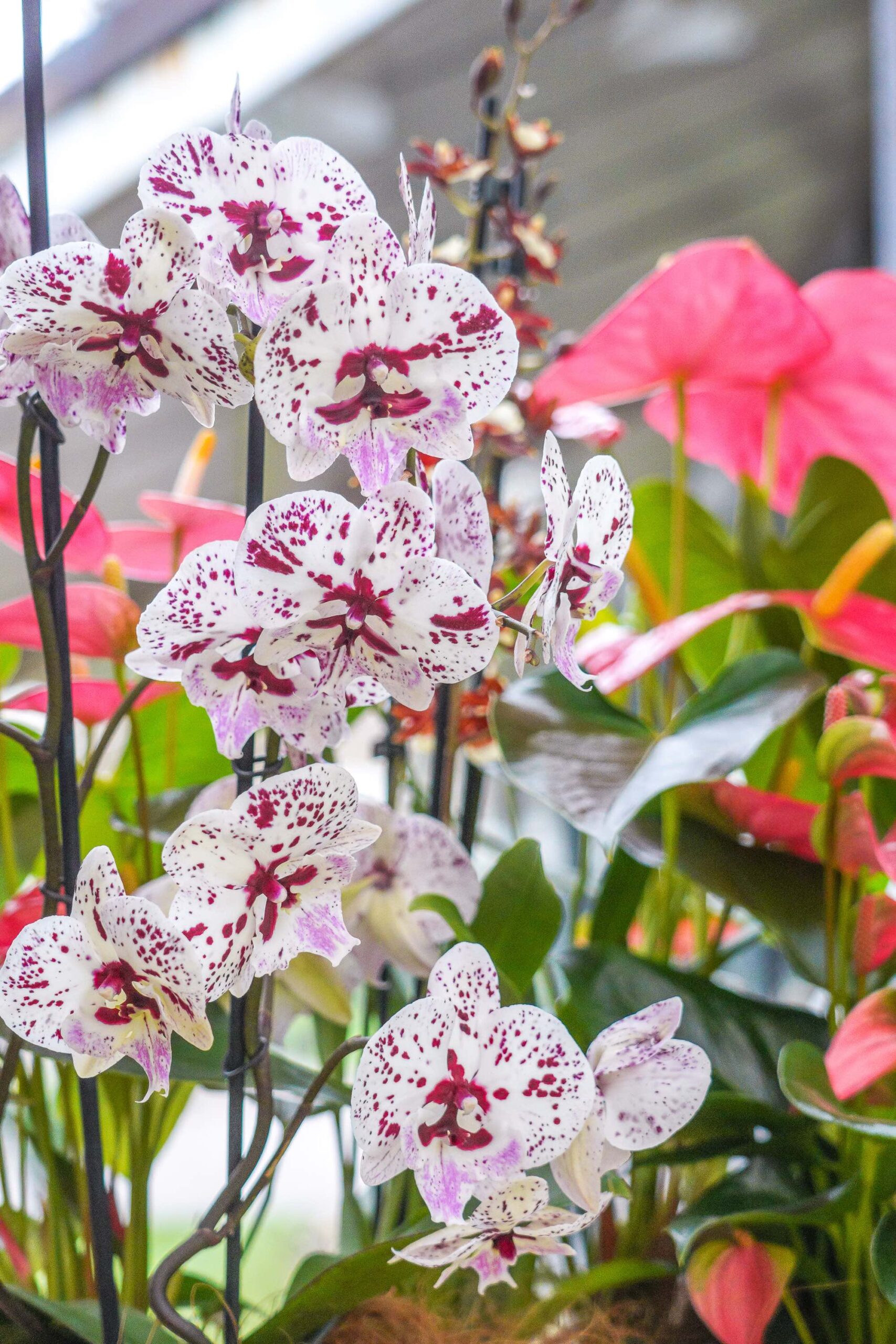
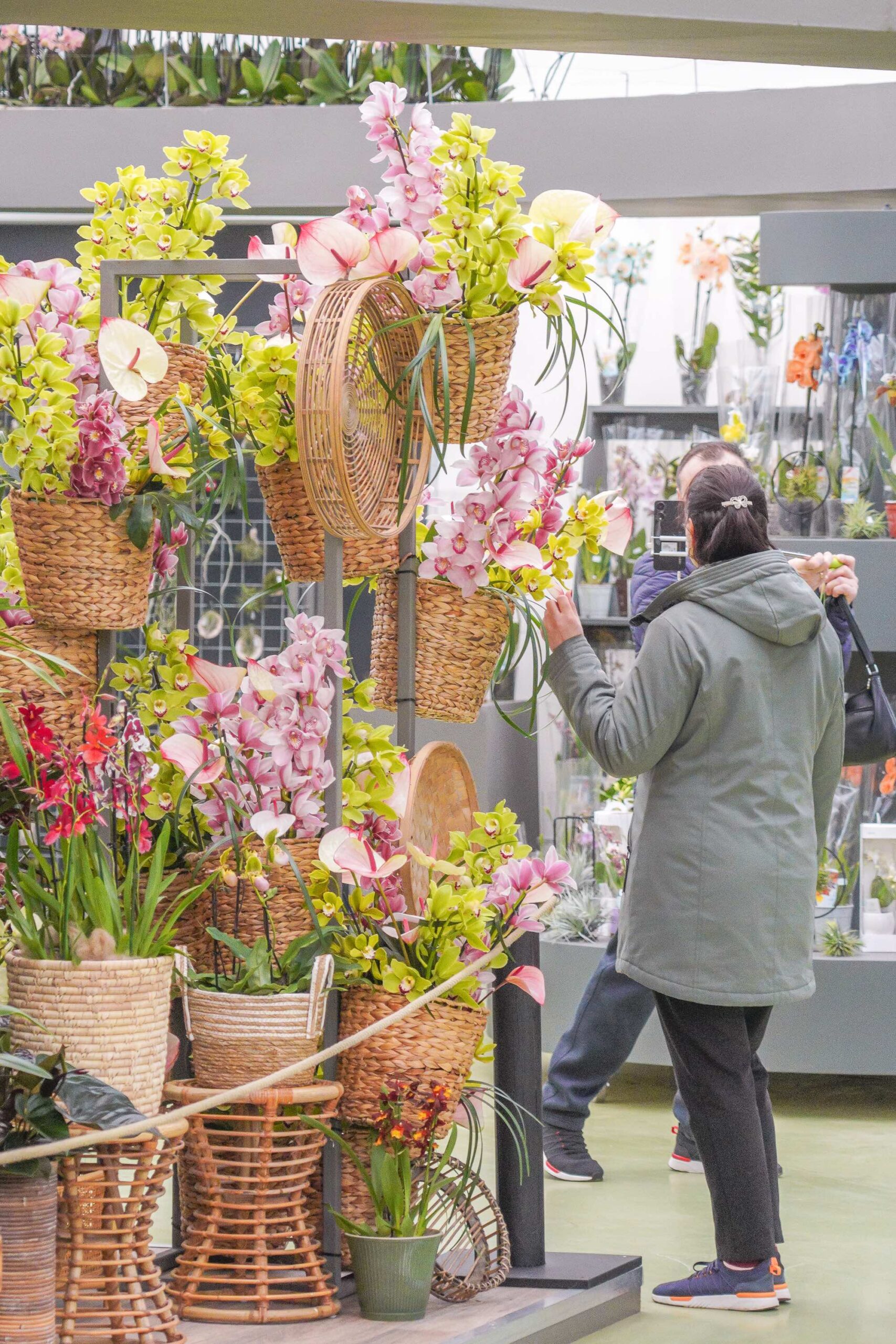
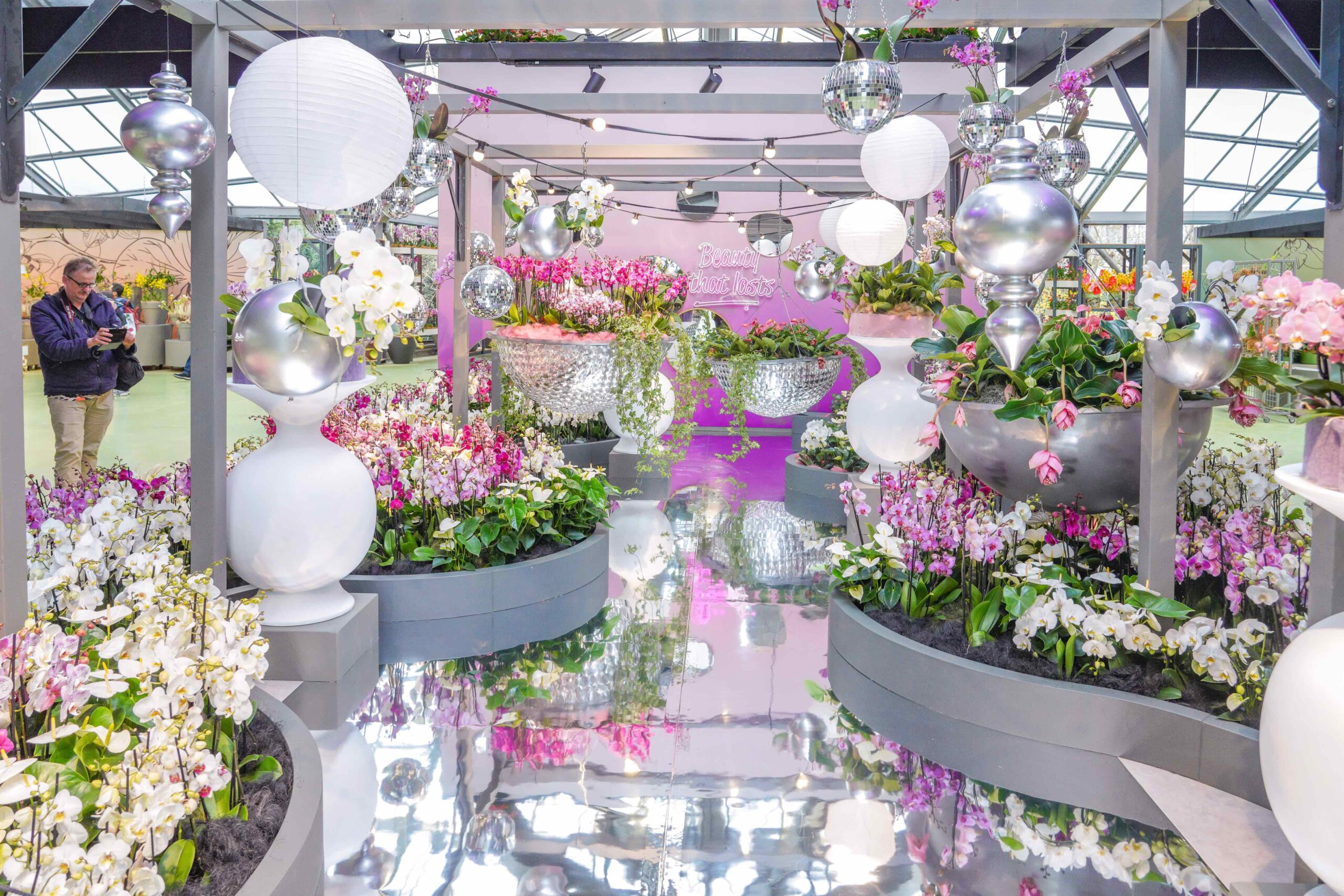
.jpg)




.jpg)









